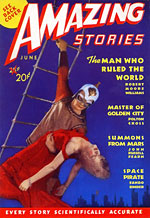
When you think of pulp magazines, your mind probably first visualizes the colorful, outlandish covers. With the few exceptions of pulp magazines using a typographic treatment as covers (think early Argosy and 1940s Unknowns), the magazines’ vivid covers were almost always painted interpretations of the contents — gunfighters in action, scenes of overseas adventures, damsels in danger, alien worlds… you know the images.
In addition to dropping the cover price from 25 cents to 20 cents, Ziff-Davis tried something completely different in a desperate move to boost Amazing‘s sagging circulation: photographic covers.
For two numbers — June and August 1938 — Amazing Stories attempted to recreate the glorious, fantastic images usually dreamed up by an artist using staged photographs.
Reference photos that artists often drew from didn’t have to be — and often weren’t — as dramatic as the finished painting. The reference photos certainly weren’t as detailed as the final paintings. Those shortcomings are clear in the covers of the two issues.
Where artists could make even the most outlandish space costume seem plausible and the people portrayed on the covers look as dashing or beautiful as movie stars, a photograph captures all of the faults in vivid detail. Take a look at the June cover, in particular. That guy certainly isn’t dashing — or, is he supposed to look menacing?
That June cover is credited to photographer Horace Hime, described in a newspaper column in 1942 as “one of the country’s most prolific color (photographers)”. The August cover is credited to photographer Henry F. Kroeger Jr.
Those two Amazings aren’t the only instances of photographic pulp covers. The next year, for example, saw the photo of the Buffalo Bill Monument in Cody, Wyoming, on the cover of Street & Smith‘s Wild West Weekly (July 15, 1939).
Thankfully, Ziff-Davis’ two-issue tryout didn’t catch on, and painted covers remained the preference of publishers and fans alike.
(Click below to see larger versions of the three covers mentioned above, plus The Shadow from Nov. 1, 1937, I mention in the comments.)
Edited: I’ve updated the cover gallery here to add covers from The Shadow, Crime Busters and Romance, which feature photos on the covers.

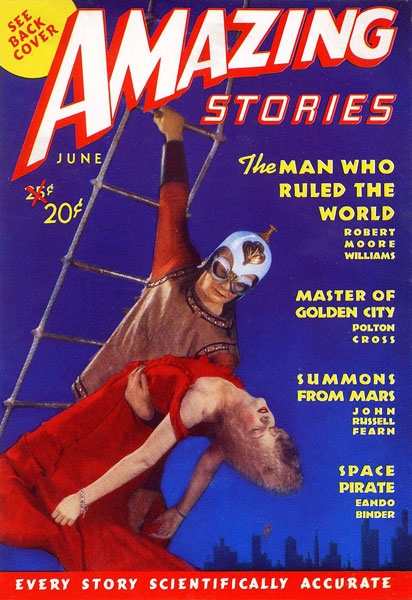
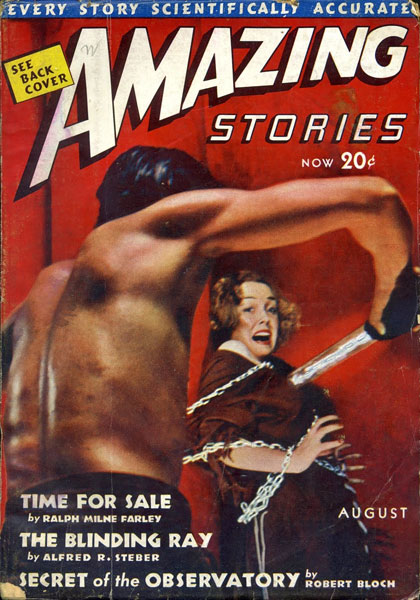
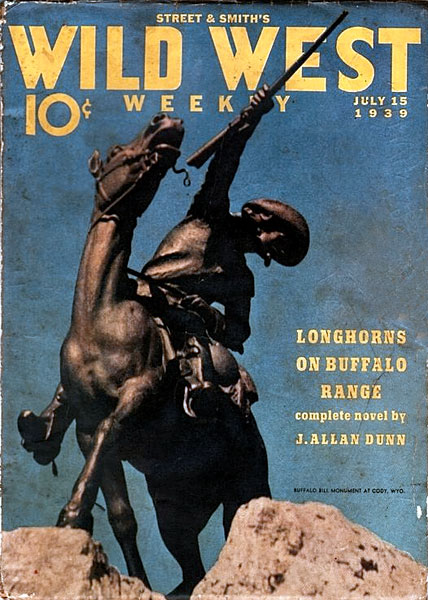
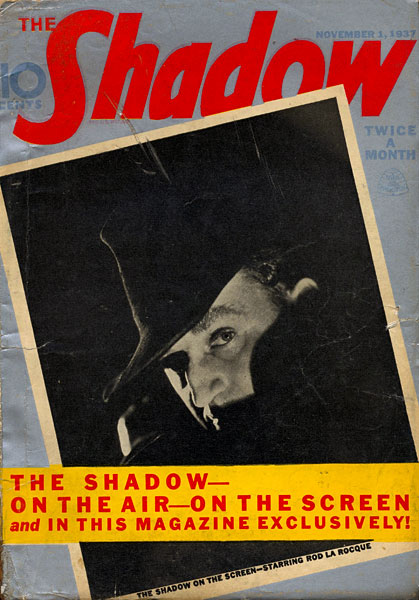
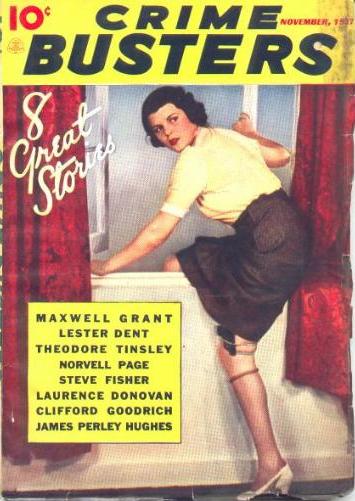
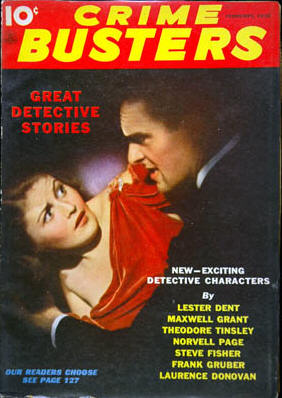
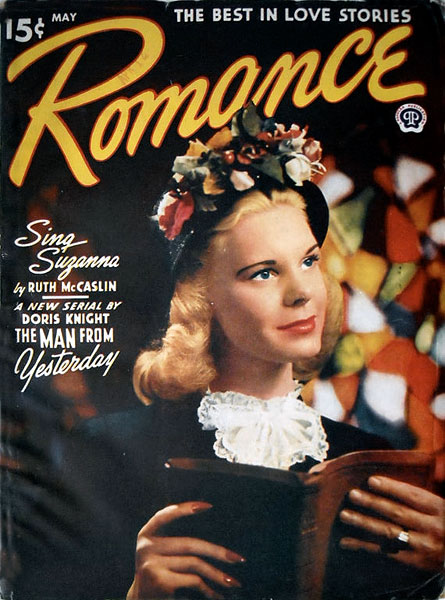
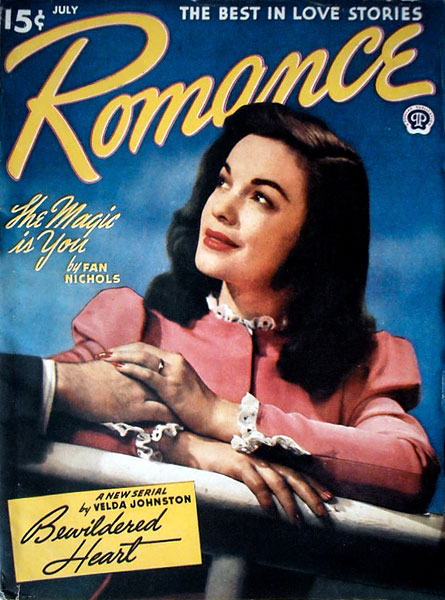

Ziff-Davis published hobbyist magazines, including photography magazines, and were new to pulps then. Guess it seemed like a good idea. I have read that the “murderer” on the second cover may have been horror writer Robert Bloch–a friend of editor Ray Palmer. Are there any archives that have the “reference photos” you mention?
I think S&S’s Crimebusters used some photo covers also. Can’t say they looked any better.
@Fred N. – The second Amazing cover illustrates Bloch’s “Secret of the Observatory.” If that were actually Bloch on the cover, that would be kind of interesting. It’s rather hard to tell who it might be.
As for reference photos, I don’t recall any online sources for pulp reference photos (some came up for auction at PulpCon a number of years ago, others have been published in books — Norman Saunders, for instance). The official Robert Maguire website (he illustrated Pocketbooks’ The Spider paperback reprints in the ’70s) have examples of his reference photos.
I should have also mentioned the Nov. 1, 1937, number of The Shadow that features actor Rod La Rocque posing as The Shadow in a promotional photo from “The Shadow Strikes” movie.
But rather than attempting to illustrate a story within the magazine, the photo is clearly a publicity still.
I’ll add that cover to the gallery in the entry.
@Barry Traylor, you’re right. It looks as if there were seven photographic covers of Crime Busters from November 1937 through May 1938. I’ll look for examples to add to the gallery. They sort of give the pulp a “true crime” look.
Also, Romance, under Popular Publications, ran photos on a number of covers in the 1940s and ’50s, when it was actually a “romance story” magazine, rather than an adventure fiction one. I think the photos on the fronts of the Romance pulp work pretty well.
(Edited to combine comments and Crime Busters portion; also added reference to Romance covers.)